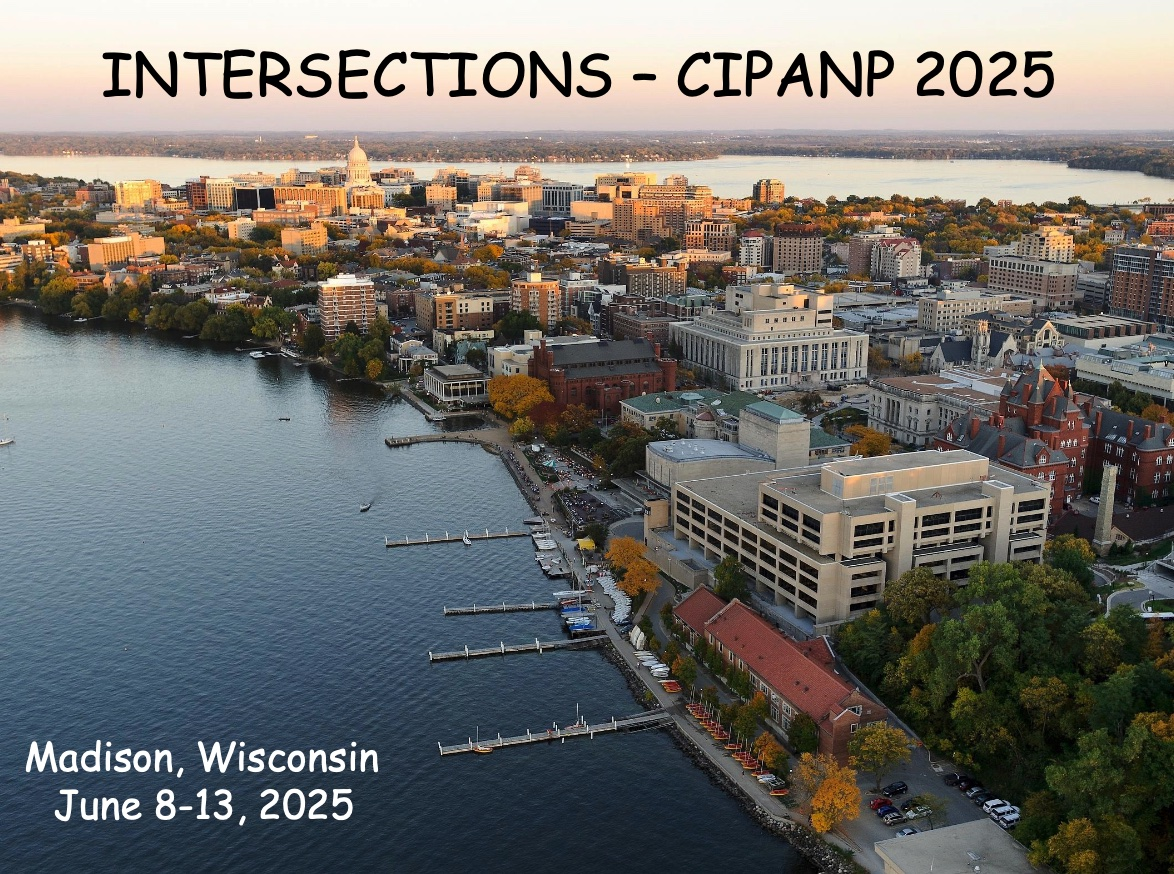Speaker
Description
Diverse dark matter candidates, including axion-like particles (ALPs), MeV-scale thermal relics, and primordial black holes, produce MeV gamma-ray signals through their decay, annihilation, or evaporation processes. Indirect searches for these signals have been impeded by limited astrophysical observing capability in the MeV regime. The Compton Spectrometer and Imager (COSI) will provide new sensitivity to MeV signatures of dark matter. Selected as a NASA Small Explorer satellite with an expected launch in 2027, COSI is a gamma-ray telescope that will survey the sky from 0.2$–$5 MeV with excellent energy resolution, <1% (FWHM) at 1 MeV. The instrument comprises 16 cross-strip germanium detectors that provide imaging, polarimetry, and spectroscopic capability. Its instantaneous field of view is >25% of the sky, with all-sky coverage every day. COSI's primary science goals are to reveal galactic element formation, study extreme environments with polarization, detect gamma-ray bursts, and image the galactic positron annihilation line. The same instrument capabilities that enable these goals make COSI excellent for detection of indirect dark matter signals, particularly narrow lines. COSI will open new sensitivity to annihilation and decay of MeV-scale dark matter particles by probing line emission from astrophysical sources including the Galactic center. COSI also has the potential to explore continuum signals from primordial black hole evaporation and annihilation and decay of sub-GeV dark matter into leptons. This contribution will present the COSI mission and instrument, COSI's data analysis tools in the context of the unique Compton data space, and several recent and ongoing efforts to characterize COSI's sensitivity for dark matter signals. By providing full-sky coverage and excellent narrow-line capability in the 0.2$-$5 MeV energy range, COSI will enable the exploration of a previously-unprobed dark matter parameter space.

